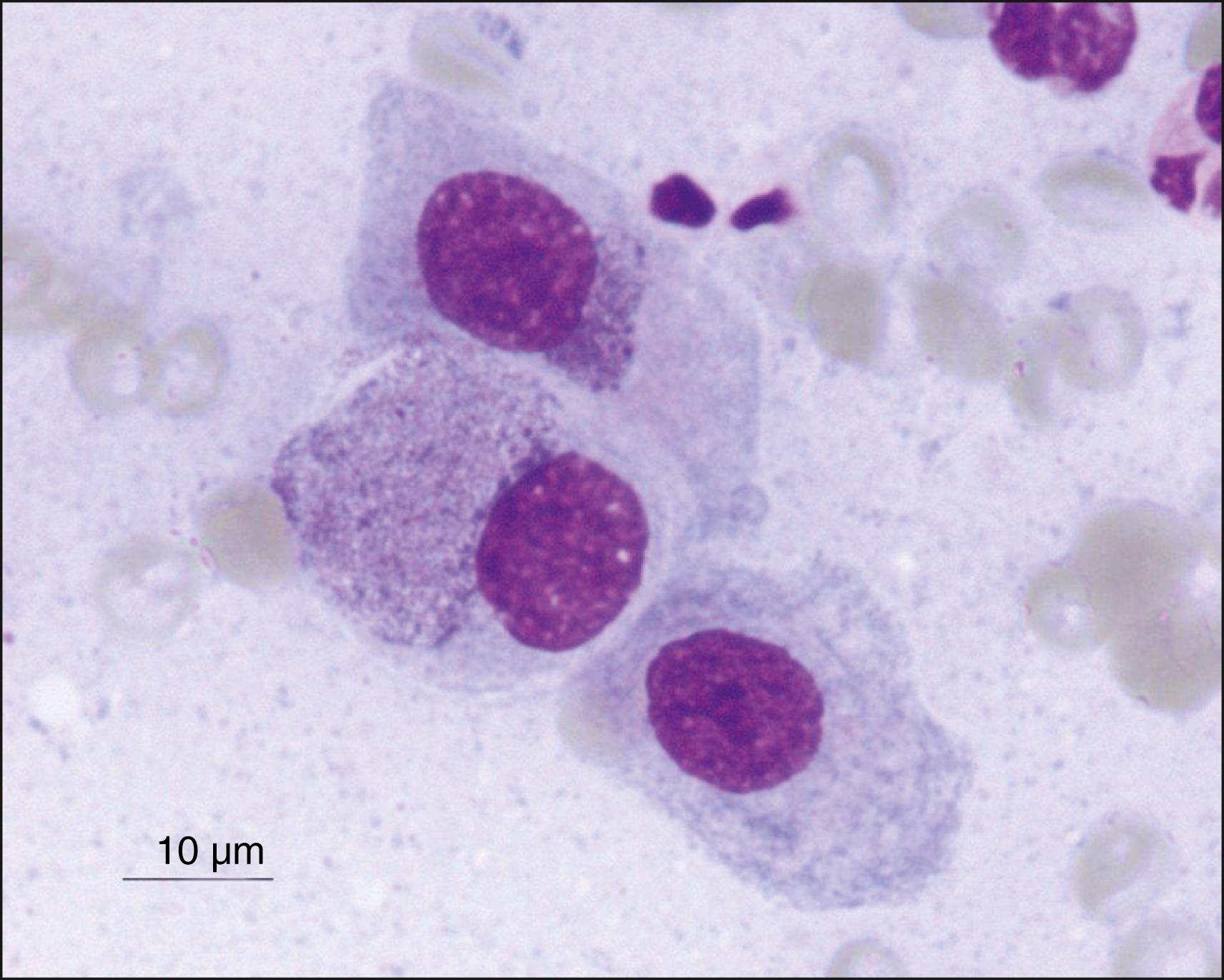Physical Address
304 North Cardinal St.
Dorchester Center, MA 02124
In trachoma, repeated infections with serovars A–C of Chlamydia trachomatis cause a chronic follicular conjunctivitis and subsequent cicatricial conjunctivitis, followed by entropion, trichiasis, and corneal opacity.
Neonatal inclusion conjunctivitis is caused by serovars D–K of C. trachomatis infection acquired from the birth canal, and is characterized by a papillary conjunctivitis.
Adult inclusion conjunctivitis is a sexually transmitted disease caused by serovars D–K of C. trachomatis that manifests as a chronic follicular conjunctivitis and anterior corneal stromal infiltrates.
Lymphogranuloma venereum, caused by serovars L1–L3 of C. trachomatis, is an uncommon cause of Parinaud oculoglandular syndrome .
Chlamydia psittaci is a rare cause of chronic follicular conjunctivitis whose chief risk factor is exposure to birds or kittens.
Ocular chlamydial infections are usually treated with systemic macrolide therapy, though trachoma can also be treated with topical antibiotics.
Worldwide, ocular chlamydial infections represent the most common infectious cause of blindness. The vast majority of human ocular chlamydial infections are due to Chlamydia trachomatis, with serovars A–C causing trachoma, D–K causing inclusion conjunctivitis, and L1–L3 causing lymphogranuloma venereum.
Chlamydia is a gram-negative obligate intracellular bacterium with a single chromosome and multiple copies of a 7500 base-pair plasmid. The organism exists in two forms: a reticulate body (RB) and an elementary body (EB). , The EB is the extracellular, metabolically inactive infectious form, which attaches to an epithelial cell and is internalized. Once inside the cell, EBs differentiate into metabolically active RBs and form a perinuclear inclusion body; RBs replicate by binary fission and eventually transition back into EBs, which are then released from the host cell either by cell lysis or by extrusion of the inclusion. The entire life cycle takes from 48 to 72 hours in cell culture.
Intracellular chlamydiae evade the host immune system in several ways, including inhibition of apoptosis and interfering with the NF-κB signaling pathway. Chlamydial infections last many months if not treated with an antimicrobial, with eye infections generally lasting longer among children than adults. , Partial protective immunity appears to develop following C. trachomatis infection, likely through a Th1-mediated response involving CD4+ T lymphocytes and IFN-γ. ,
Microbiologic tests are important for the diagnosis of ocular Chlamydia . , Because Chlamydia is an intracellular organism, it is important to sample epithelial cells when collecting a specimen, regardless of the test. A Giemsa stain of epithelial cells demonstrates dark purple inclusion bodies in the cytoplasm of infected cells ( Fig. 39.1 ), but this test is less sensitive than other tests. Chlamydial culture is performed by inoculating clinical specimens onto McCoy or another appropriate cell culture and then staining cells with Giemsa or a poly- or monoclonal antibody. Although highly specific, culture is less sensitive than newer methods and requires transport media and a cold chain. The direct fluorescent antibody test is the only US Food and Drug Administration–approved test for ocular chlamydial infections. Depending on the manufacturer, this test uses a monoclonal antibody against either the Chlamydia genus-specific lipopolysaccharide (LPS) or the C. trachomatis -specific major outer membrane protein (MOMP). This test demonstrates good sensitivity and specificity and can be stored at room temperature, but is labor-intensive and requires a competent microscopist. Recently, nucleic acid amplification tests (NAATs) such as the polymerase chain reaction (PCR) have been the predominant assays used for chlamydial testing. NAATs amplify specific nucleic acid targets of Chlamydia , with most commercially available tests targeting the chlamydial plasmid. These tests are highly sensitive and specific for ocular Chlamydia .

Become a Clinical Tree membership for Full access and enjoy Unlimited articles
If you are a member. Log in here